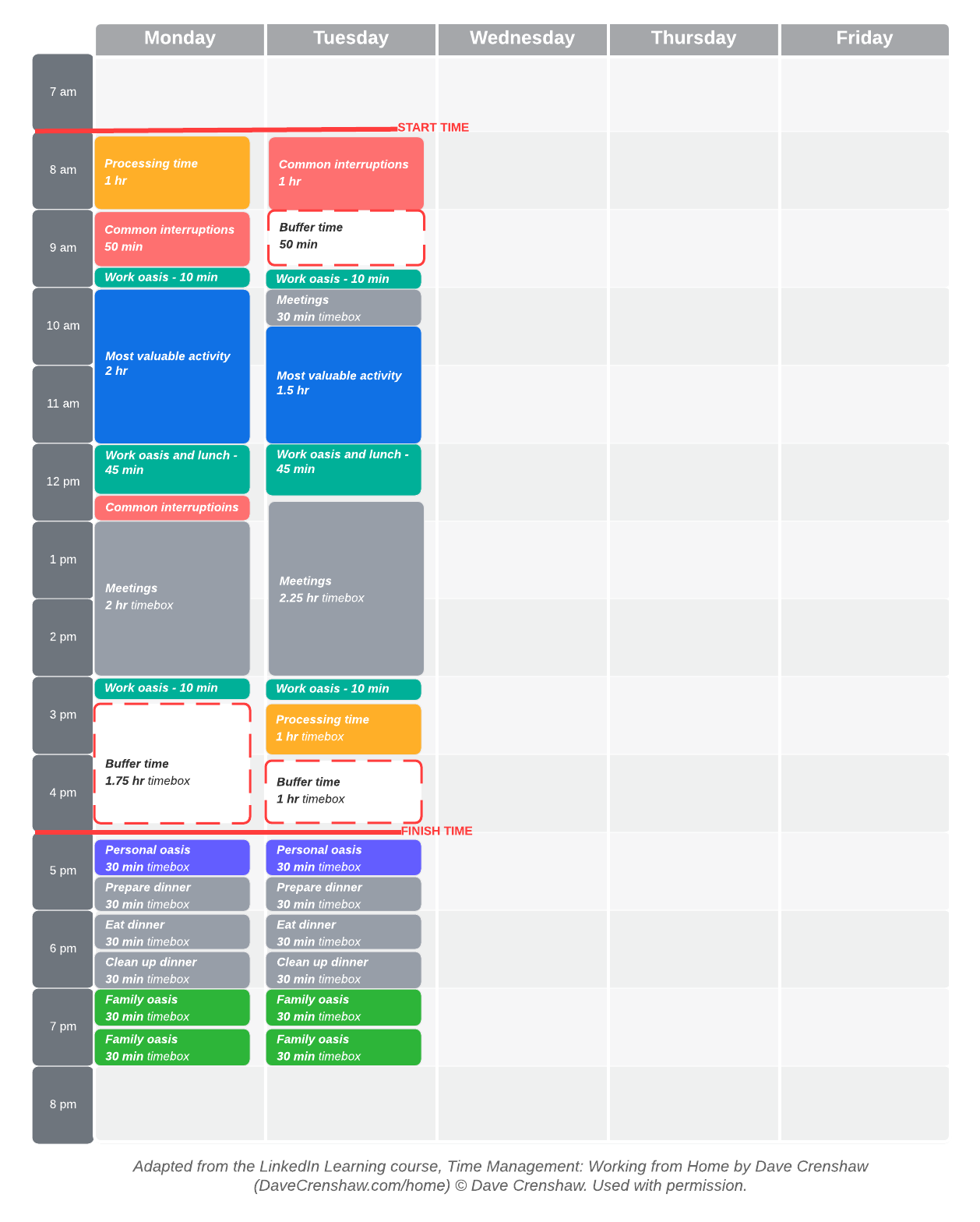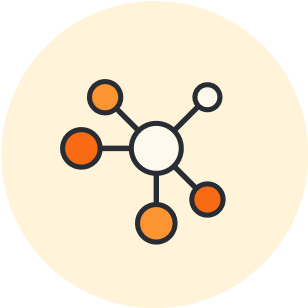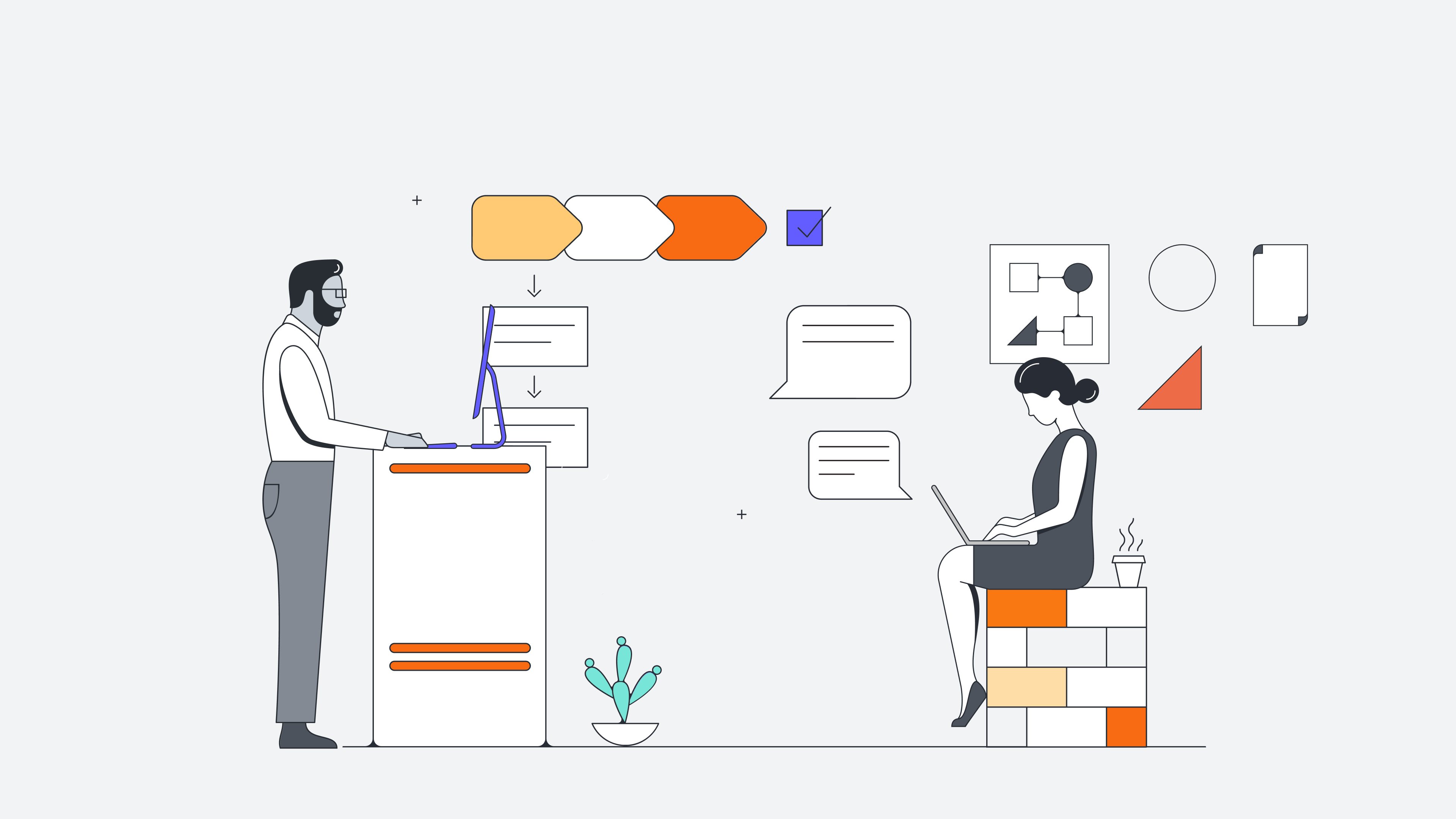“Multi-screening” is a more recent phenomenon that has become so commonplace that we hardly give it any thought. Most of us think nothing of staring at a phone while we watch television or using one computer screen to watch YouTube videos while doing work on a different screen.
This act is a great demonstration of our inability to focus on two tasks at once. Consider, for instance, what happens when you try to send a text while watching a video: Your brain only allows you to focus on the text and not on the video. You may think you’re multitasking, but what you’re really doing is trying to switch attention quickly from one activity to the next.
While multi-screening may only affect your enjoyment of a movie or TV show, developing a similar practice in your work can seriously impact your productivity. We often think we’re multitasking when we’re actually switchtasking.
So what is switchtasking?
We sat down with Dave Crenshaw to find out. Learn what switchtasking is and why avoiding switchtasking at work can help reinvent the way you manage your time.
What is switchtasking and how does it impact productivity?
Switchtasking is defined as switching rapidly between two tasks or actions. Most people do this frequently at work: You answer an email while you’re working on a spreadsheet, then respond to a chat from a co-worker before switching back to the spreadsheet. Switchtasking demands that our focus constantly be interrupted.
No matter how evolved we are, our brains simply aren’t wired to constantly switch focus between tasks that aren’t directly related. What ends up happening is that our brains only give partial attention to each task as we switchtask.
In fact, switching between tasks can cost as much as 80 percent of someone's productive time.
Not only does switchtasking reduce productivity, but it also contributes to higher stress. Research has found that people who regularly switch tasks report significantly higher stress, frustration, workload, effort, and pressure–partly due to workers compensating for that lost time by working faster when they return to their original task.
Think of that spreadsheet. If you were allowed to focus on just the spreadsheet, it would take you perhaps an hour to complete. But now consider your attention is pulled to a new email, a video, several texts, an Instagram notification, and a co-worker coming up to your desk to chat.
After each task, you need to retrain your focus on the spreadsheet, and it takes time to remember where you left off, what the task was, and what you were thinking. Soon, a spreadsheet that should have taken you an hour ends up taking you two or three. You may feel productive, but really, you’re not allowing your brain to do any deep work.
Switchtasking vs. multitasking
Ok, but what's the difference between switchtasking vs. multitasking? Isn’t working on multiple tasks at once efficient?
Yes, but only if the multiple tasks are related to the same end goal. Think of riding a motorcycle: The driver balances, steers, changes gears, and checks nearby traffic, all for the one goal of keeping him upright and moving forward. That’s real multitasking.
When you switchtask, however, you’re constantly switching between tasks and between goals. Every time you switch to a new task, you have to refocus. That switch takes time, and if you’re switching to a new task before your brain can focus on the last task, you’re only giving partial attention to multiple processes. It’s much more efficient to pay full attention to each task, complete it, and then move on to the next task.
How to avoid switchtasking
Switchtasking comes naturally to us, even though it’s detrimental to our productivity. Often, that’s because we want to be perceived as being productive. The faster you respond to an email, for instance, the happier you perceive the receiver to be. The faster you respond to a direct message, the more engaged you seem.
Sometimes the momentary sense of accomplishment you feel for responding quickly to interruptions can get downright addictive. Here’s how to break the switchtasking cycle and experience greater calmness and better productivity.
Plan out your day
Having your day planned out on paper relieves anxiety and assigns each task an appropriate amount of time. If you’re unfamiliar with timeboxing, take a moment to learn about this technique, as it’s a vital tool for assigning tasks and deliverables to a set period of time.
If you’ve never timeboxed before, it won’t go perfectly for the first few days because you haven’t yet determined how long your tasks take without constant interruptions. Give it time. You’ll find that, with practice, timeboxing will be second nature.

Prioritize tasks
Timeboxing works best when it’s prioritized. That way, if your highest-priority item ends up taking far longer than you had anticipated, lower-priority items can be shifted to the next day’s tasks without causing any fires. You may also find that completing your highest-priority tasks first relieves you of dread and stress associated with your most pressing items.
Focus on one task at a time
Here’s the real key: When you dedicate chunks of time to each task, you’re not allowed to perform other tasks. That means no texting, no answering emails, and no responding to direct messages. It’s just you and the task at hand.
This is no easy feat—it will take discipline and patience. However, when you focus on one task at a time, you’ll find the quality of your work improves and the stress and pressure you feel throughout your day decreases. Of course, you’ll need to answer emails at some point and your co-workers absolutely want to hear from you, so schedule in time to do both those things in their designated timeboxes. For instance, set aside 15 minutes every two hours to answer emails.
Manage interruptions
No day will be perfect, and emergencies and interruptions are bound to arise. Develop a plan for dealing with emergencies and interruptions before they occur.
You can, for instance, decide to shift your timeboxes around. You can also turn off notifications, set your chat status to “head-down in work,” or even put a sign on your desk asking co-workers not to disrupt you unless it’s a true emergency. Your time is yours to protect.
Take short breaks
You'll be quickly burned out if you don’t schedule regular breaks throughout the day. Set aside time for restroom breaks, walks, and lunch and snack breaks. Your task should be the break itself during these breaks, not checking emails or answering chat notifications.
Focusing on the break allows your mind to relax and helps you be more mindful of the food you’re eating and the way your body is feeling.
Ditch the distractions
Distractions are bound to pop up whether you work from home or at an office. Dogs bark, kids nag, and co-workers stop by to gossip. While you may not be able to manage all the distractions, you can manage most of them.
Turn off notification sounds and pop-ups. Put your cell phone in a drawer so you’re not tempted to check it. Maximize your screen so you don’t see a row of open tabs. In fact, you may find that wearing a watch helps you resist the temptation to navigate away from the tab you’re working on to check the time.
Experiment
You know your brain the best. If timeboxing isn’t the best approach for you, then experiment to discover the trick to keeping yourself focused on one task at a time. There’s no right or wrong way to do this—keep experimenting until you have a custom solution.
Avoiding switchtasking may feel uncomfortable at first, but it’s a surefire way to boost your productivity while also retraining your brain to focus. You’ll find that the quality of your work improves and your overall job satisfaction may just increase as well.

FREE ON-DEMAND WEBINAR
Learn how to stop switchtasking—and further reduce remote work fatigue—with these tips from Dave Crenshaw.
Watch nowAbout Lucidchart
Lucidchart, a cloud-based intelligent diagramming application, is a core component of Lucid Software's Visual Collaboration Suite. This intuitive, cloud-based solution empowers teams to collaborate in real-time to build flowcharts, mockups, UML diagrams, customer journey maps, and more. Lucidchart propels teams forward to build the future faster. Lucid is proud to serve top businesses around the world, including customers such as Google, GE, and NBC Universal, and 99% of the Fortune 500. Lucid partners with industry leaders, including Google, Atlassian, and Microsoft. Since its founding, Lucid has received numerous awards for its products, business, and workplace culture. For more information, visit lucidchart.com.
Related articles
Learning to manage your energy, not your time
Learn about the four energy types and explain how you (and your team) can achieve the energy focus to accomplish even greater things.
A guide to time management scheduling
Learn how to create a time management schedule—in doing so, you can more effectively manage your time and save your company thousands of dollars as you move from one project to the next. And we've got templates to help you get started.
Take control of your time with a time audit
Do you ever reach the end of the workday and wonder where the time went? If you want to figure out where you spend your time and become more productive and efficient, try doing a time audit in four easy steps.
6 reasons to use the Pomodoro Technique
Are you struggling to focus on getting work or studying done? The Pomodoro Technique may be your solution. Learn how to be productive with the Pomodoro method.

